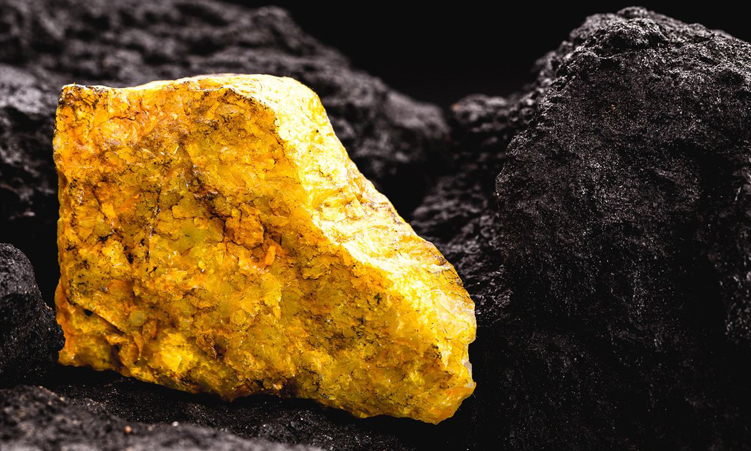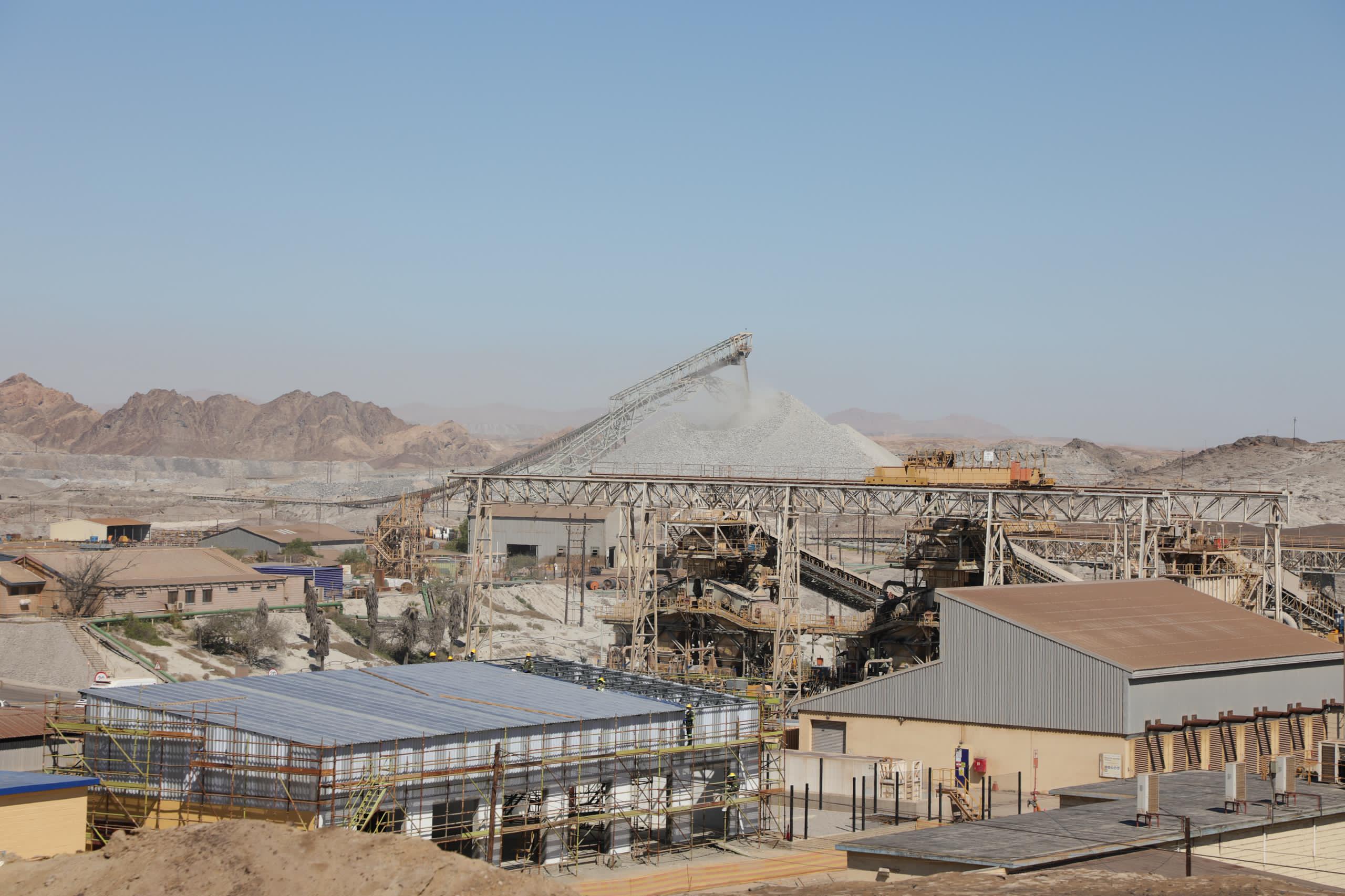Uranium was Namibia’s largest exported commodity in February 2025, destined for Chinese and French markets and accounting for N$10.1 billion or 26.3% of total exports earnings.
On Thursday, the Namibia Statistics Agency released its February trade bulletin indicating a 5.1% decrease from January, when N$10.7 billion in export revenue.
The bulletin said non-monetary gold accounted for 17.6% of total exports destined solely for South African markets, while fish was the third biggest contributor to exports, accounting for 12% with the commodity destined for Spain, Zambia and the Democratic Republic of Congo.
Petroleum oils ranked fourth on the list, accounting for 4.6% mainly destined for Botswana and Zambia, while inorganic chemical elements took the fifth position and contributed 4.6% of the country’s total export revenue, headed primarily for Switzerland and China.
“The top five export commodities jointly accounted for 65% of total exports,” the NSA said.
Year-on-year, exports improved by 66.7% as compared to N$6.1 billion registered in February 2024.
The bulletin stated that the country’s import bill for February stood at N$12.2 billion, reflecting a 9.3% decline from N$13.4 billion recorded in the preceding month, noting that the downward trend in both exports and imports translated into a trade deficit amounting to N$2 billion.
“This implies an improvement to the trade deficit when compared to the N$2.7 billion recorded in January 2025,” the NSA said.
The bulletin noted that Namibia exported goods to 99 countries in February compared to 107 export destinations recorded in the previous month, while the demand side saw the country importing goods from 147 countries.
The NSA said Namibia’s trade strategy is anchored in its participation in key free trade agreements such as the Southern African Development Community protocol on trade, the economic partnership agreement with the European Union and the United Kingdom, as well as the Southern African Customs Union, among others.
- Nampa
Stay informed with The Namibian – your source for credible journalism. Get in-depth reporting and opinions for
only N$85 a month. Invest in journalism, invest in democracy –
Subscribe Now!










